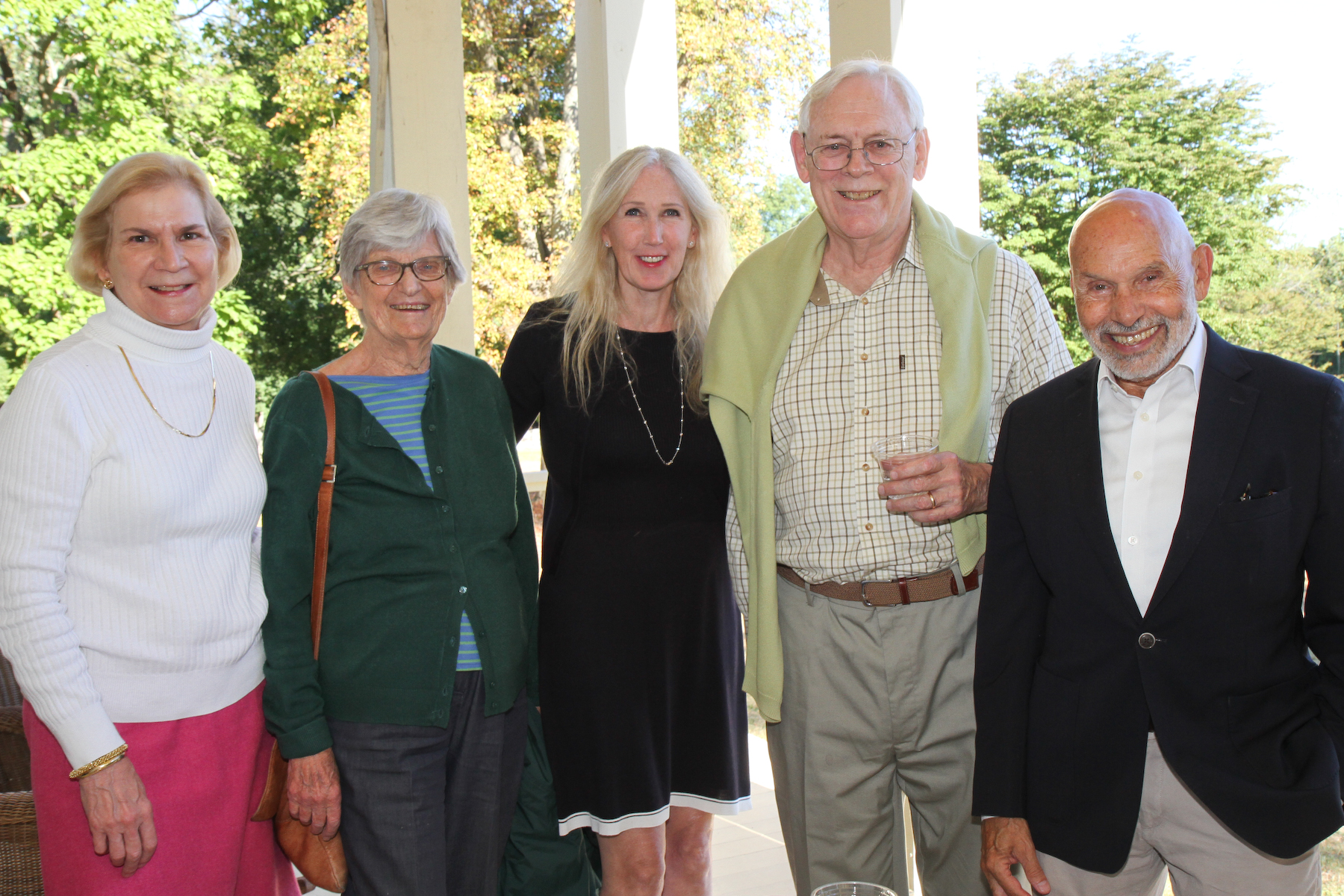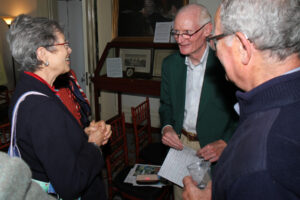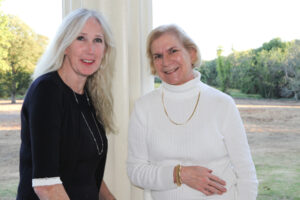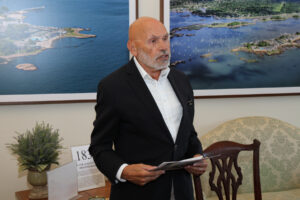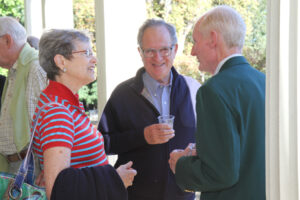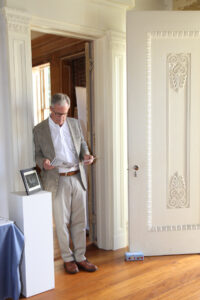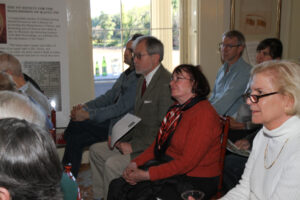Westchester is fortunate to be the home of the Boston Post Road (BPR) Historic District and JHC was excited to have two of the most knowledgeable speakers about the district on hand to share their knowledge with an engaged audience on Sunday, October 1 at 4pm. Frank Sanchis, Director of US Programs for the World Monuments Fund joined Historian Paul Hicks, author of “John E. Parsons- An Eminent New Yorker in the Gilded Age,” and Suzanne Clary, Executive Director of JHC as they explained how and why the National Park Service decided to recognize the 286-acre expanse as a National Historic Landmark.
Recalling the official unveiling of the BPR plaque in 1994, Sanchis explained how the BPR district encompasses 5 properties: The Jay Estate (23 acres with 3 owners – the nonprofit Jay Heritage Center (JHC), New York State and Westchester County – managed and operated by JHC since 2013), Whitby Castle & Rye Golf Club (110+ acres owned and managed by the City of Rye), the Jay Cemetery (3 acres privately owned and closed to the public), the Parsons Estate known as Lounsbury (13 acres, privately owned), and Marshlands Conservancy (137+ acres owned by Westchester County). These 5 properties–and this unique district– received National Historic Landmark status in 1993 because of the site’s association with Revolutionary War figure, jurist, peacemaker, anti-slavery advocate and New York Governor, John Jay. Jay who grew up on this site, owned land there as an adult and is buried within the district with his descendants. The area also earned recognition because of the exceptional architectural stature of the 3 extant pre-civil war estates –including their associated buildings and landscapes. There are fewer than 2600 NHLs in the nation and over 262 of them (slightly over 10%) are in New York State.
The District was first was added to the National Register of Historic Places in 1982 (NR#82001275) through efforts of members of the Jay Coalition (precursor to the Jay Heritage Center). The nomination which identified this special group of gems was assembled and written by JHC founder, Karen Kennedy, Austin O’Brien and Wes Haynes. The District was then elevated to the status of National Historic Landmark by the US Department of the Interior in 1993.
Attendees also learned that this entire 286-acre American treasure has been further recognized as an archaeologically sensitive zone by New York State’s Historic Preservation Office and the National Park Service because of its cultural affiliations which include Middle Woodland, Late Woodland, Late Archaic and periods of historic significance of 3000-4999 BC, 1000-2999 BC, 1499-1000 AD, 1749-1500 AD, 1825-1849, and 1850-1874.
A reception on the Jay veranda overlooking the meadow and Long Island Sound followed the talk.
